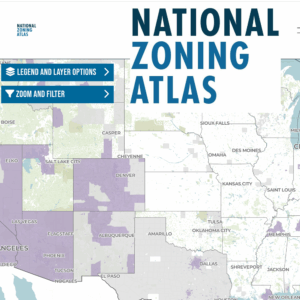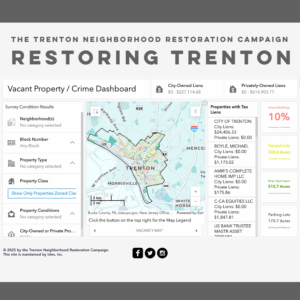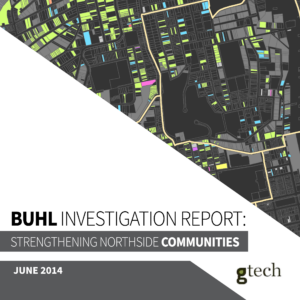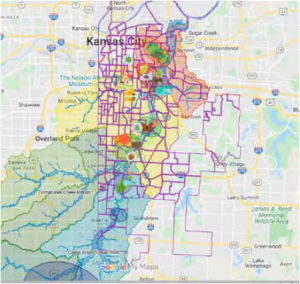Vacant Land Elements Examples by Type
Context
Cornell University Legal Constructs Lab
The National Zoning Atlas enables users to visualize the prevalence and nature of regulatory constraints, particularly on housing. The Zoning Atlas is an important tool to help people understand what their local zoning codes say; compare codes across jurisdictions, illuminate regional and statewide trends, and strengthen national planning for housing production, transportation infrastructure, and climate response.
Read More »Trenton Neighborhood Restoration Campaign
In 2014, the Trenton Neighborhood Restoration Campaign (TNRC) organized the first truly comprehensive, parcel-level survey of all the vacant properties in Trenton — mapped, published, and updated on this interactive website. The TNRC also organized residents and local groups to draw attention to the problems caused by vacant and abandoned properties.
Read More »Grounded Strategies
Lots to Love is an online guide for community organizations and residents in the Pittsburgh region who are interested in transforming vacant lots into well-loved spaces. This website, created by the nonprofit Grounded Strategies, connects users to resources and ideas to support reuse of vacant lots, and provides information about organizations currently doing this work in the Pittsburgh region.
Read More »American Forests
The Tree Equity Score tool calculates a “tree equity score” for all 150,000 neighborhoods and 486 municipalities in urbanized areas across the continental United States.
Read More »Grounded PGH (Formerly GTECH)
The Northside Vacant Lot Assessment collected information on the condition of vacant lots in Pittsburgh’s 19 Northside neighborhoods. The assessment was conducted by resident volunteers and community organizations.
Read More »Heartland Conservation Alliance
This mapping tool is designed to help prioritize the vacant lots that can have the most environmental and health benefits for urban communities. The tool provides parcel specific information and important contextual information like if it is in a flood plain or owned by the land bank, allowing neighbors to…
Read More »The National Zoning Atlas enables users to visualize the prevalence and nature of regulatory constraints, particularly on housing. The Zoning Atlas is an important tool to help people understand what their local zoning codes say; compare codes across jurisdictions, illuminate regional and statewide trends, and strengthen national planning for housing production, transportation infrastructure, and climate response.
Read More »In 2014, the Trenton Neighborhood Restoration Campaign (TNRC) organized the first truly comprehensive, parcel-level survey of all the vacant properties in Trenton — mapped, published, and updated on this interactive website. The TNRC also organized residents and local groups to draw attention to the problems caused by vacant and abandoned properties.
Read More »Lots to Love is an online guide for community organizations and residents in the Pittsburgh region who are interested in transforming vacant lots into well-loved spaces. This website, created by the nonprofit Grounded Strategies, connects users to resources and ideas to support reuse of vacant lots, and provides information about organizations currently doing this work in the Pittsburgh region.
Read More »The Tree Equity Score tool calculates a “tree equity score” for all 150,000 neighborhoods and 486 municipalities in urbanized areas across the continental United States.
Read More »The Northside Vacant Lot Assessment collected information on the condition of vacant lots in Pittsburgh’s 19 Northside neighborhoods. The assessment was conducted by resident volunteers and community organizations.
Read More »This mapping tool is designed to help prioritize the vacant lots that can have the most environmental and health benefits for urban communities. The tool provides parcel specific information and important contextual information like if it is in a flood plain or owned by the land bank, allowing neighbors to…
Read More »